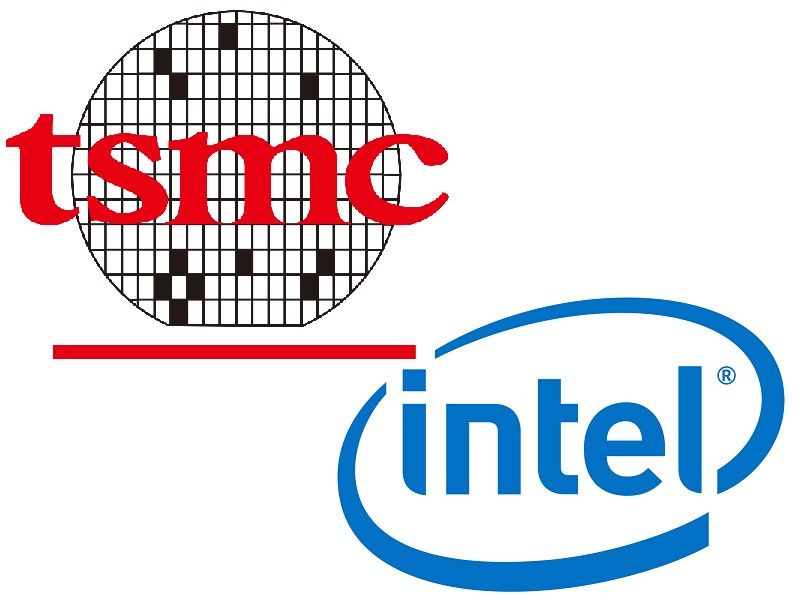As for semiconductor technology, Intel’s 10 nm was mass-produced, but the company also stated that its production capacity will not be as large as 22 nm and 14 nm, which could be an important sign. That’s why Intel is thinking about TSMC and will deploy its 6 and 3 nm nodes in the coming years.
Intel would outsource chips to TSMC with 6 and 3 nm nodes
Previously, the industry had repeatedly reported that Intel would also outsource chips to TSMC. According to the latest information, this will extend to 3 nm in 2022, after the 6 nm node in 2021.
Intel expects to fully exploit the 6-nanometer TSMC process in 2021 and is currently testing it.
If the company really intends to expand the outsourcing of its chips, the GPU should be used first, in addition to the partially outsourced chipset, because the GPU is easier to manufacture than a CPU, and TSMC has experience in manufacturing GPUs.
Intel’s Xe architecture alone shows that DG1 is manufactured in a proprietary 10 nm process. It has 96 execution units with a total of 768 cores, a basic frequency of 1 GHz, an acceleration frequency of 1.5 GHz and 1 MB cache as well as 3 GB video memory.
It is expected that the DG1’s performance will be comparable to that of a GTX 950, which is about 15% worse than the GTX 1050, a low-end graphics card suitable for energy-efficient areas, especially notebook GPUs.
After the DG1 comes the DG2. It has been previously reported that DG2 will use TSMC’s 7nm method. It is now possible that it will end up using the 6 nm.
The popular semiconductor manufacturer had also announced that Ponte Vecchio graphics cards for data centers will use their own 7-nm EUV process, we do not know if this plan will remain the same or will be switched to a 6-nm node. We will keep you informed.
